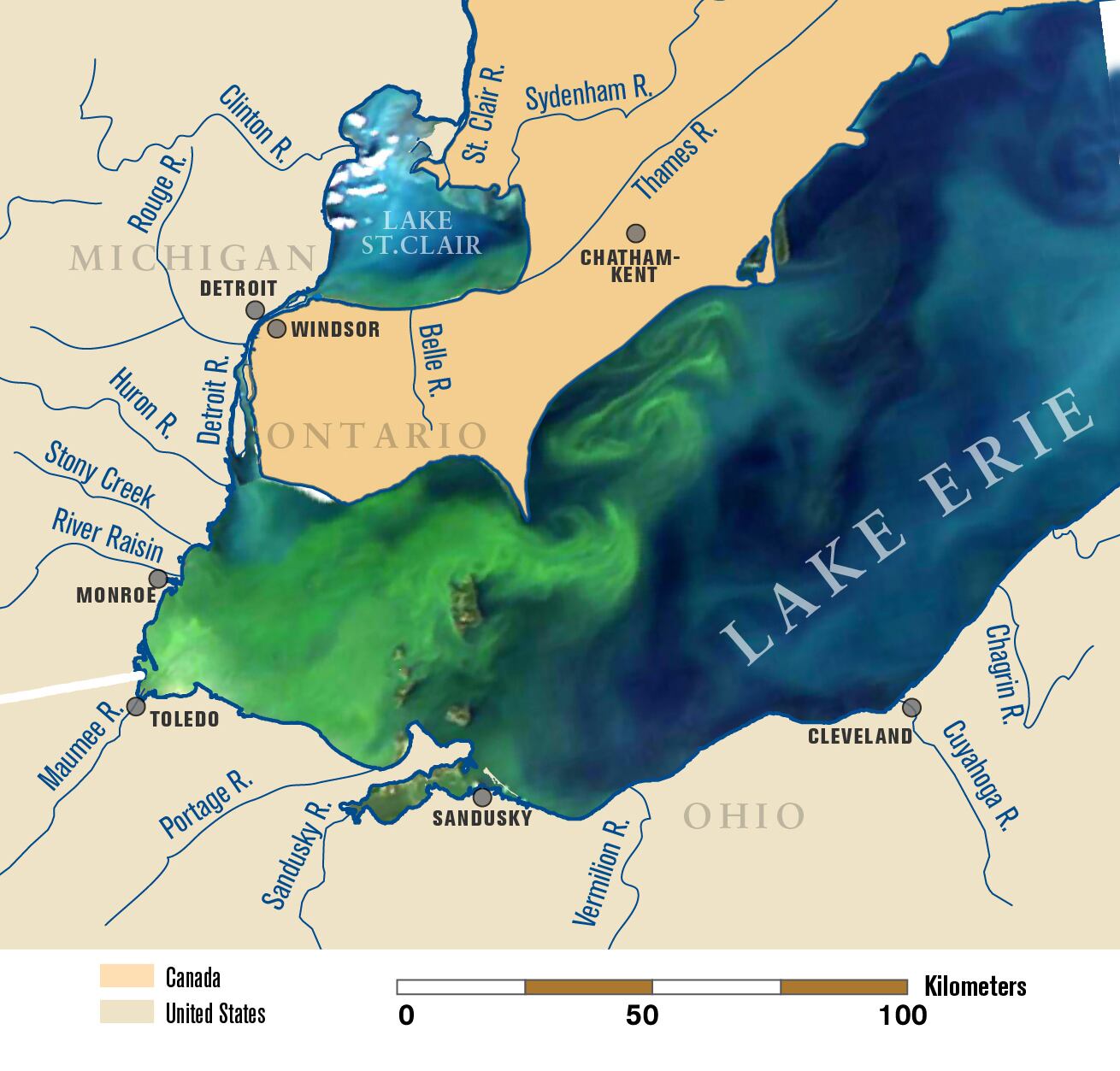Satellite images from 2011 showed algal bloom in the lake caused by phosphorus discharge from surrounding farms which was contaminating municipal drinking water supplies. Researchers from the Agricultural Research Service (ARS) found that the phosphorus discharge was not only coming from surface run-off, but also underground tile drains – perforated pipes beneath the soil used to drain excess water.
Kevin King, agricultural engineer at ARS, said from a production stand-point farmers in the area were already being extremely efficient but had to go that extra mile.
“From an agronomic perspective, the amount of phosphorus being lost is less than 5% of annual applications and in many cases less than 2%. From a production standpoint that is exceptional efficiency. However, from an environmental standpoint, the amount being lost is feeding and exacerbating the harmful algal blooms,” he told Milling & Grains.
ARS found that between 2008 and 2013, 48% of total phosphorus in the watershed came from tile drains.

Phosphorus knowledge
King said it was important that farmers maintained a balance between economics and the environment – something that had to be communicated and better understood.
“For many years, and still today, it is taught that once phosphorus comes into contact with the soil it will not move, except with the soil through erosion. However, what we are learning is that phosphorus can move vertically and in these tile drained landscapes, the tile losses can account for upwards of 50% of that loss,” he explained.
Farmers had several management options that could improve phosphorus loss through tile drains, he said.
“They can’t change ‘Mother Nature’ but they can implement practices that reduce the amount of phosphorus available for offsite transport. These practices are generally summed up as the ‘4-Rs’ – right rate, right placement, right timing and right source of nutrient stewardship.”
Many farmers were already doing a good job of nutrient management in their fertilizers, he said, but several were not. “Adhering to the 4R principles and implementing structural type practices will go a long way in reducing excess phosphorus.”
Structural practices beyond fertilizer management included blind inlets, he said, where farmers replaced surface connections with natural filter media or better water drainage management where they artificially managed the drainage outlet elevation to reduce the amount of water leaving the site.
“There are other practices such as cover crops and surface amendments such as gypsum that have been suggested, but the data on the effects of those practices is still lacking,” he said.
Warning: A system approach needed
However, King warned that any changes implemented must be considered within the entire farming system.
“While we may solve one problem, we may create or enhance another problem – what is good for phosphorus, for example, may not be good for addressing nitrogen,” he said.
